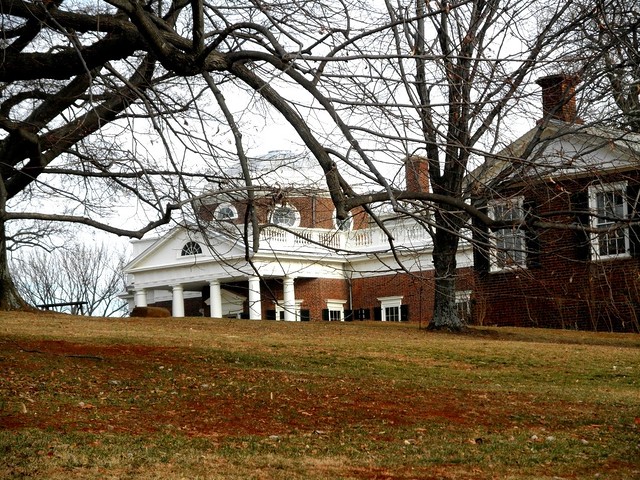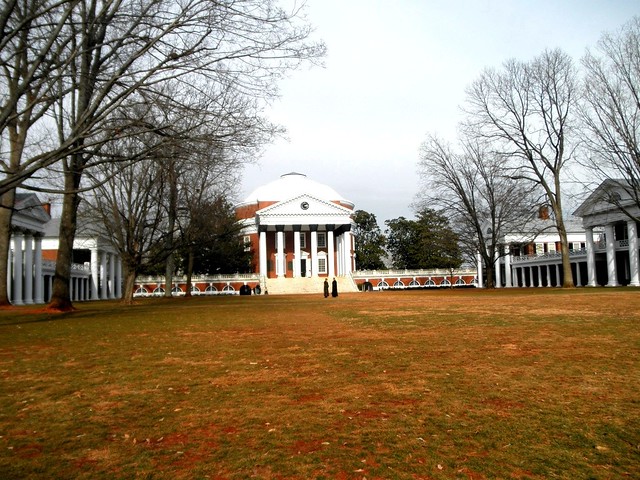
There are currently 936 UNESCO World Heritage sites around the world in more than 153 countries. Of these, only 21 are in the United States and the majority of those are natural wonders. One of the few man-made American sites on the UNESCO list is also one of my favorites, Monticello and the University of Virginia.
At first it may seem strange that of all the historic buildings around the country, particularly those associated with the founding of the Republic, that this small site in Charlottesville, Virginia should have been named to the all important UNESCO list. Even though it may not appear so, these are actually two of the most important structures in the country.
Thomas Jefferson is known for a lot of things. He was the author of the Declaration of Independence, diplomat, statesman, Vice President and ultimately President of the United States. And yet, in spite of these impressive accomplishments, Jefferson was most proud of his work in Charlottesville, Virginia.

Monticello was the estate, and ultimately burial place, of Jefferson who designed it based on neoclassical architecture. The European influence came from Jefferson’s great love of Italy and France and symbolizes an American twist on classic design. The University of Virginia was Jefferson’s proudest achievement though.
As Governor of Virginia, Jefferson attempted to introduce Enlightenment academic principles at the College of William and Mary, the preeminent school in the south and the second oldest university in the country. While he was partly successful, he wasn’t able to create the academic experience he had imagined. Before Jefferson, there was no such thing as a Liberal Arts education, his forward thinking ideals changed higher education in the United States and around the world. At UVA, he created what he called an academic village, the physical attributes of which are still present and known as the Lawn today. Here students lived, ate and studied in an intense academic atmosphere.

Monticello and UVA are more than just pretty buildings, they are at the very heart of the American experience. They are the physical embodiment of Thomas Jefferson, without whom the United States could not have existed. More than just a living testimony to Jefferson, they symbolize the unique American ability to build on the old and make it into something entirely new and different. These qualities, as shown through the life and times of Jefferson, have helped shape the world as we know it.
And that’s why I love the UNESCO World Heritage list, because of little sites like this one that ultimately have had major impacts on the planet and world civilization.
What’s your favorite little known World Heritage site?
